April 19, 2025 | 15:46 GMT +7
April 19, 2025 | 15:46 GMT +7
Hotline: 0913.378.918
April 19, 2025 | 15:46 GMT +7
Hotline: 0913.378.918
Nam Tra My District is considered the capital of cinnamon trees not only because of the cinnamon growing area but also the quality of cinnamon. This is also a traditional crop in this district and is the main source of income of people from ethnic groups of the Cadong, Xe Dang and BHnoong for generations.
Tra My Cinnamon known as "Cao Son Ngoc Que" is liked worldwide, so it has a higher value than other types of cinnamon. The cinnamon tree has become an icon and a product of economic and spiritual value, increasingly beautifying the majestic strip of land located on the legendary Truong Son mountain range.
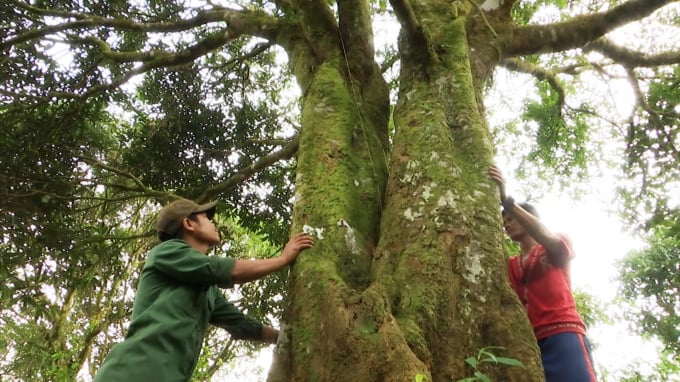
In Nam Tra My District, there are still many cinnamon forests with old trees with a lifespan of several tens to hundreds of years. Photo: Le Khanh.
The cultivation of cinnamon not only increases income for the people but also contributes to protecting the ecological environment, increasing forest coverage, preserving water for hilly areas, preserving and developing the diversity of precious genetic resources of native trees. However, for a long time, the cinnamon here suffered from instability due to unstable prices and the massive introduction of many new varieties of cinnamon from elsewhere.
Besides, the planting and caring methods of the people are mainly based on folk experience in small areas, scattered over complex mountainous terrains. This leads to difficulties in exploitation and transportation while the potential of local land, climate and soil are not fully made use of.
According to the Department of Agriculture and Rural Development of Nam Tra My district, currently all ten communes in the district are growing cinnamon with an area of over 7,200ha. The area is constantly increasing over the years.
The district's annual output of cinnamon bark is about 150 tonnes. In recent years, the cinnamon market has been active again, the price of cinnamon products has improved, so people can get good income from cinnamon trees.
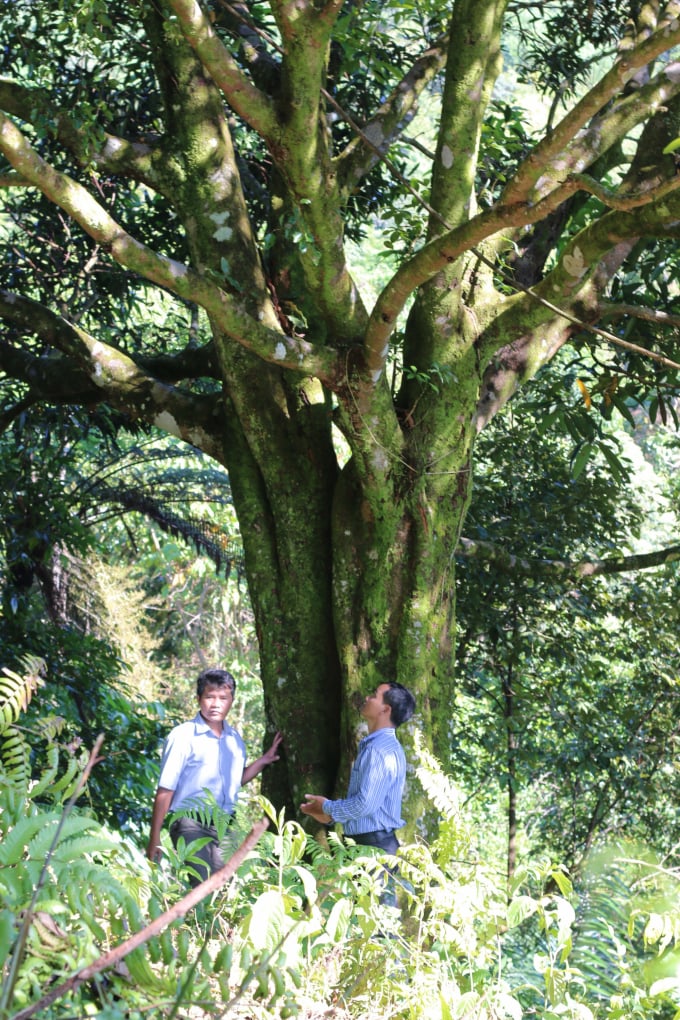
The ancient cinnamon tree aged over 100 years old is well protected by people in Tra Leng commune, Nam Tra My district. Photo: Dang Lam.
However, the linkage in the production and consumption of cinnamon products in Nam Tra My district has not been well implemented. There are almost no large-scale purchasing and processing units that sign production and consumption contracts for people. Households mainly still sell raw products with fluctuating prices, making them uneasy to invest in cinnamon.
Cinnamon is a multi-purpose tree with high economic value, all parts of the cinnamon tree such as trunk, branches, leaves, bark are used in production and life. The main products of cinnamon tree are cinnamon bark and cinnamon essential oil extract used in industry, medicine, food processing industry, and animal husbandry.
In addition, cinnamon is also used to make spices, flavorings for confectionery, wine and handicraft products. Products of cinnamon not only serve domestic demand but also for export. If these potentials are fully exploited, the value of cinnamon will be much higher.
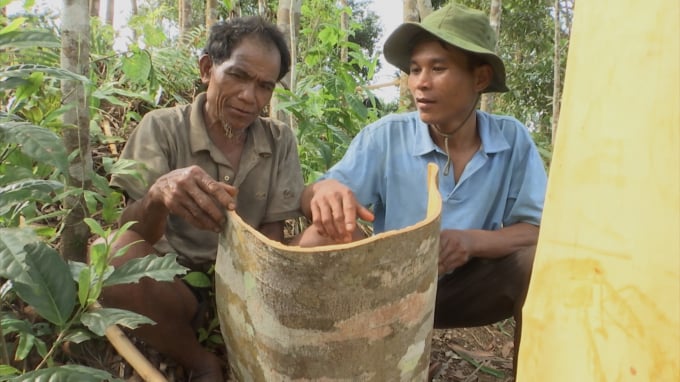
Tra My cinnamon products have long been known as "Cao Son Ngoc Que" and are very welcomed in the world market. Photo: Le Khanh.
Trinh Minh Hai, Head of Agriculture Department. - Rural Development Nam Tra My district said that because there was still no large enterprise to purchase and process products from cinnamon, farmers mainly harvested bark. The branches, leaves, and stems are almost unused.Moreover, traffic to cinnamon growing areas was very difficult, people take a lot of effort to exploit and transport, so the value of cinnamon trees has not been as much as expected, he said .
Ethnic people in Nam Tra My district have very good customs. Parents usually give their children cinnamon gardens when the children get married. Therefore, despite many ups and downs, people still do not destroy cinnamon areas. Thanks to that, the precious genetic resources of Tra My cinnamon are still preserved to this day.
Nam Tra My district collaborated with the Department of Science and Technology of Quang Nam province to build the project "Management and development of geographical indication for cinnamon products of Quang Nam province". It was a part of the programme to support the development of intellectual property launched by the Ministry of Science and Technology.
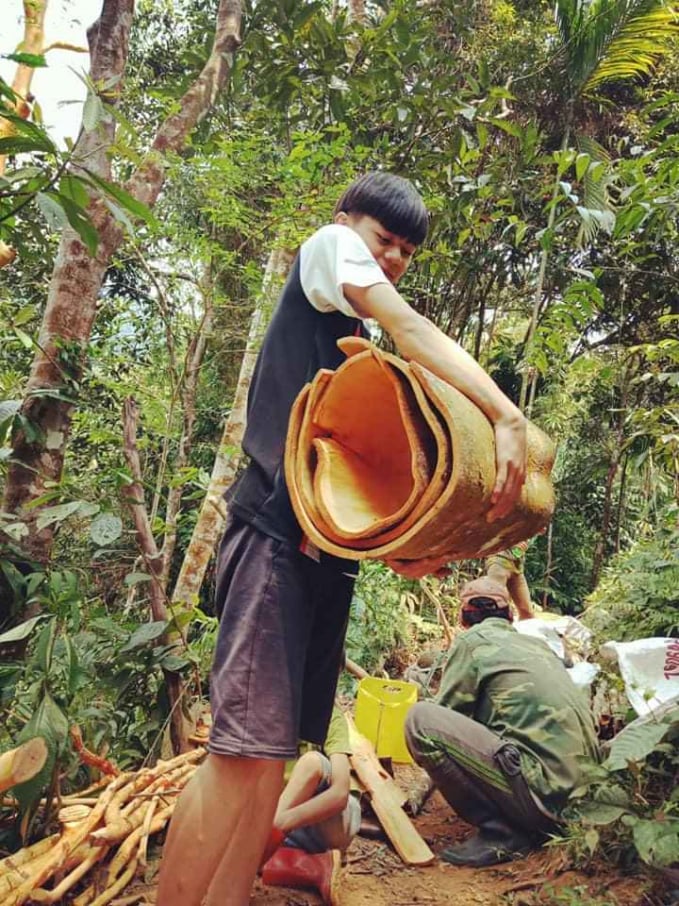
The natural cinnamon trees in Nam Tra My give excellent quality. Photo: Dang Lam.
This project is the basis for the revival of Tra My cinnamon in Quang Nam. To implement the project, Nam Tra My district has focused a lot of resources, re-planning the raw material area, supporting cinnamon varieties; advising people to narrow down and gradually eliminate non-native cinnamon varieties; finding ways to multiply valuable genetic resources from Tra My cinnamon tree.
The district has also built a cinnamon seed nursery, providing from 1 to 1.5 million cinnamon trees yearly for local farmers and those in other localities and businesses.
Besides, local government also regularly calls on people to expand the nursery area in their households to keep precious genetic resources. This is considered a necessary condition for Nam Tra My district to move towards sustainable poverty reduction, supporting households in the area to get prosperous.
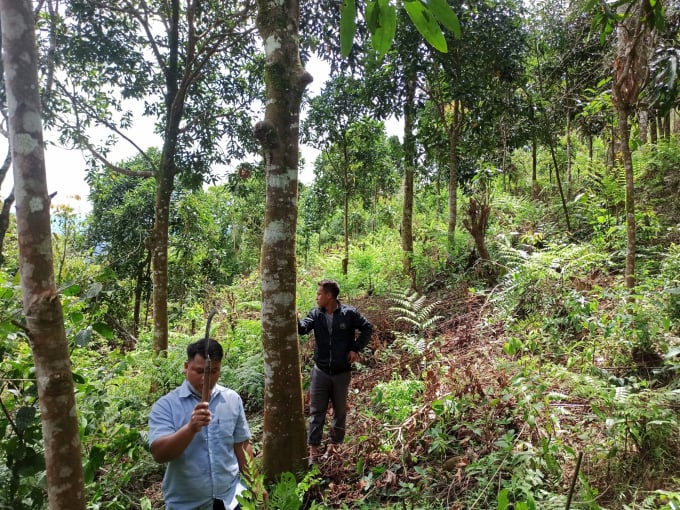
Quang Nam is gradually expanding its cinnamon growing areas. Photo: Le Khanh.
“About two years ago, the price of cinnamon in the market was very high, averaging about VND65,000 per kg. With that price, farmers are very happy as they have a stable income and improved living standards. Tra My cinnamon tree is also being grown in other districts such as Bac Tra My, Phuoc Son and Tien Phuoc", said Trinh Minh Hai, Head of Nam Tra My District's Agriculture and Rural Development Department.
Quang Nam province People's Council issued a resolution on the mechanism to support the conservation and development of Tra My cinnamon in the 2018-2025 period, with a vision to 2030.
According to this Resolution, Quang Nam province would spend over VND13 billion VND from the state budget for activities including care and protection of dominant plants to collect seeds; transform seed forests; develop and plant new Tra My cinnamon trees; support intercropping plant varieties and essential materials; promote communication and training.
Tran Ut, Deputy Director of the Department of Agriculture and Rural Development of Quang Nam province, said that following Resolution 40, so far, Quang Nam has supported the planting on 1,583.7 ha, recognised 110 dominant trees.
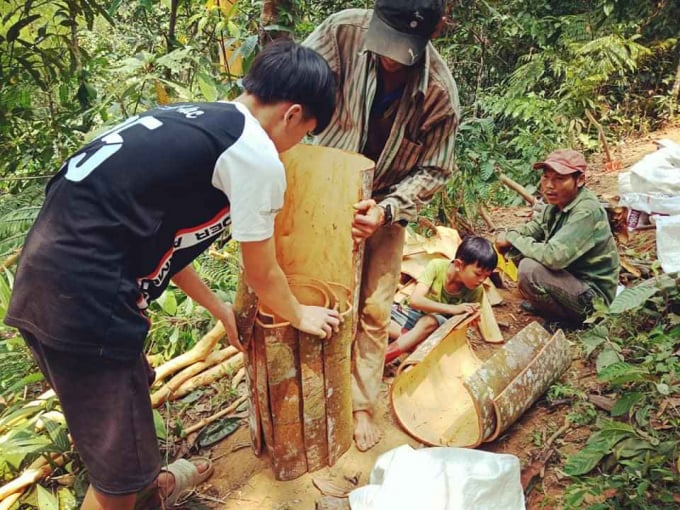
In addition to expanding the new cinnamon planting area, the conservation and protection of the precious indigenous cinnamon variety of Quang Nam is also focused. Photo: Dang Lam.
Ut said that the biggest difficulty was to attract investment in cinnamon.
As the concentrated cinnamon area was still low, cinnamon output fails to meet the demand of processing factories in the province.
Moreover, Tra My cinnamon tree grows and develops much slower than cinnamon in the northern provinces, resulting in more investment.
“In the coming time, the province will focus on breeding and supporting investment in cinnamon processing facilities to meet domestic and foreign market requirements. It is planned to expand new planting areas to other districts besides the four districts of Bac Tra My, Tien Phuoc, Nam Tra My, and Phuoc Son. The province would also further support links along the value chain; promote and support the establishment of cooperative groups and cooperatives in cinnamon cultivation and processing", Tran Ut said.
Translated by Hien Anh

(VAN) Le Hoang Minh, representing Vinamilk, shared the company's experience in energy saving and green energy transition for production at a workshop held during the P4G Summit.
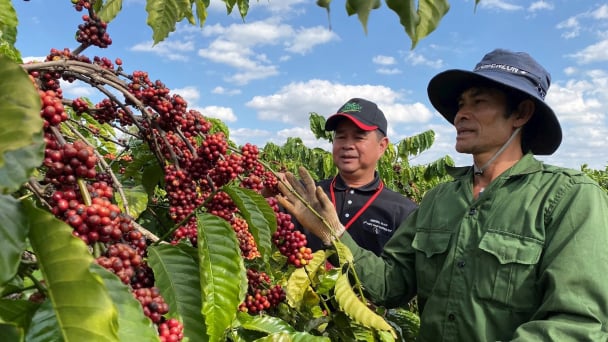
(VAN) Businesses emphasize fairness and equality when integrating social factors into their sustainable development strategies.
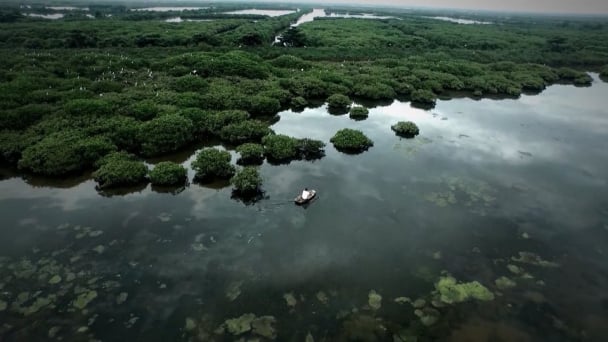
(VAN) French organizations and enterprises propose that Thai Binh province provide potential and long-term cooperation contents related to climate change response and green industrial development.
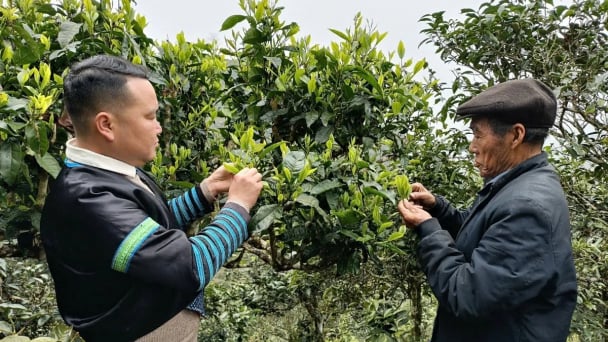
(VAN) Shan Tuyet tea is considered a 'heavenly treasure'. The H'mong people allow the tea to grow naturally, adhering to organic production principles, with the aim of exporting the product.
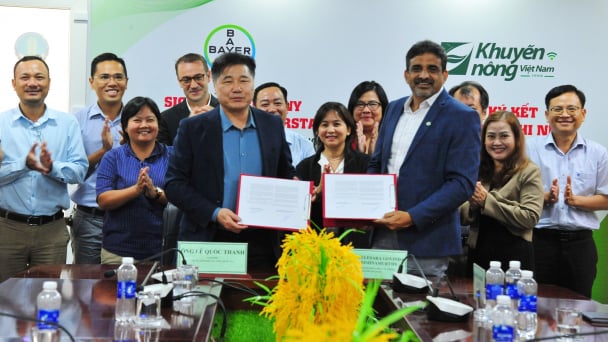
(VAN) Bayer Vietnam and the National Agricultural Extension Center have signed a partnership agreement to expand the development of effective and safe farming models for rice, durian, and coffee.
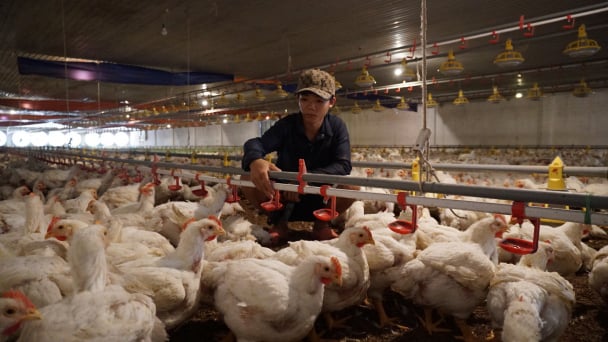
(VAN) Tay Ninh province possesses all the favorable conditions, from natural advantages to geographic location and social harmony, to drive economic development, particularly in attracting investment and advancing modern livestock farming.
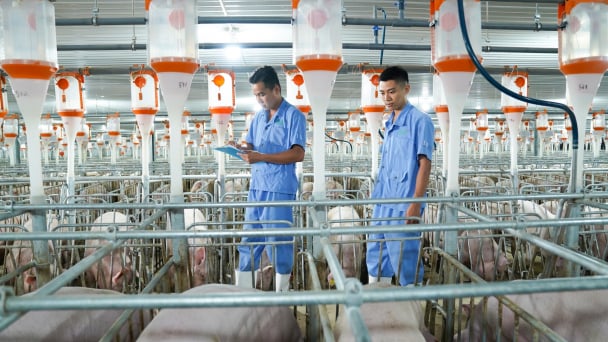
(VAN) Notably, every link in BAF's entire closed livestock value chain Feed - Farm - Food has received international certification.